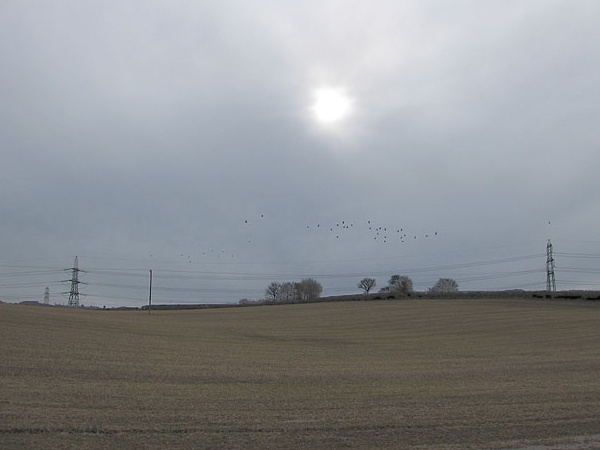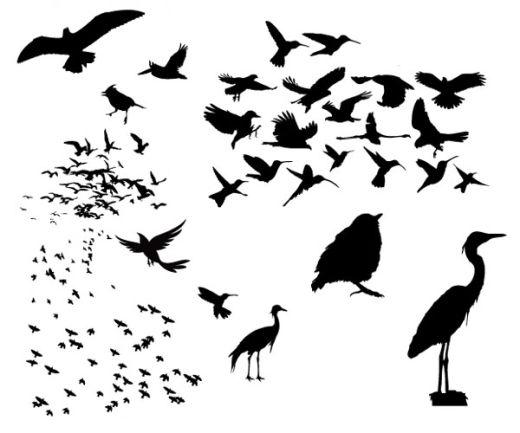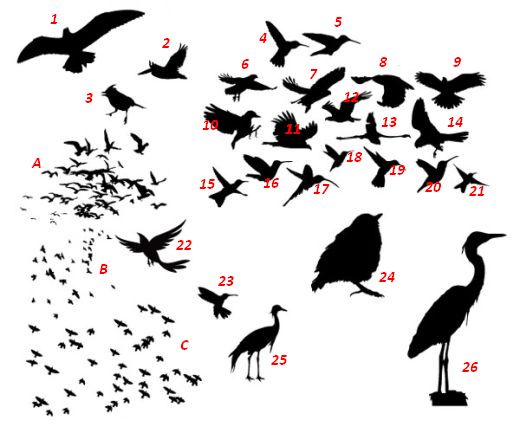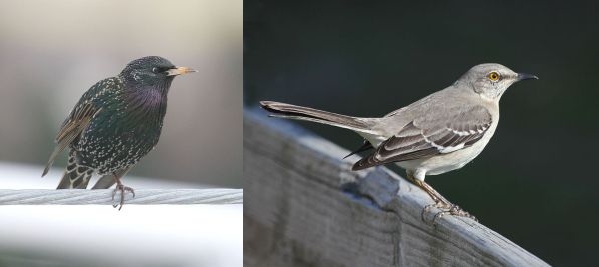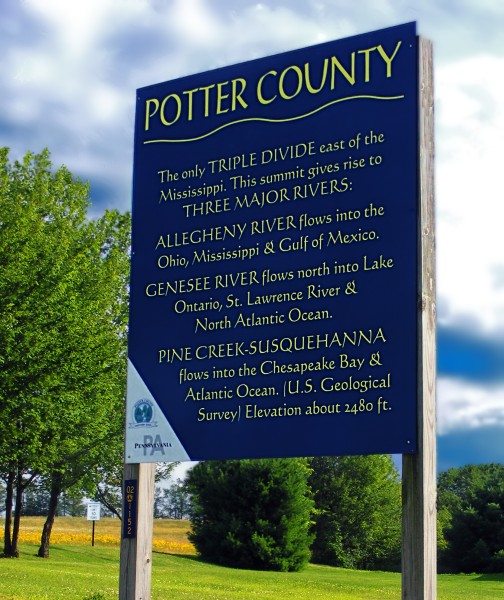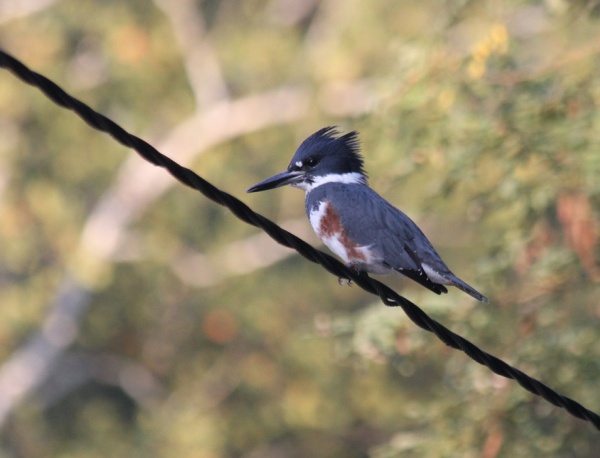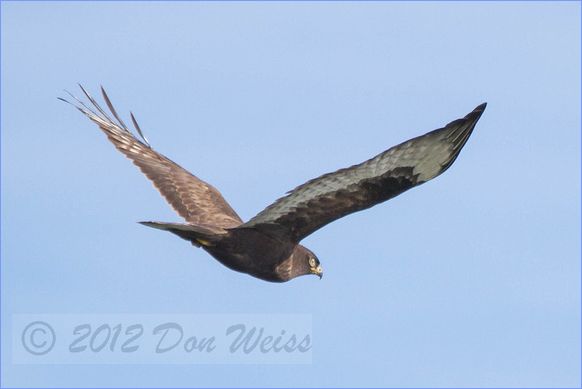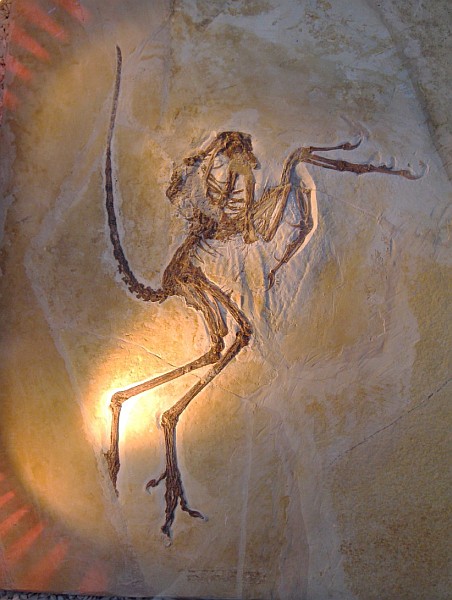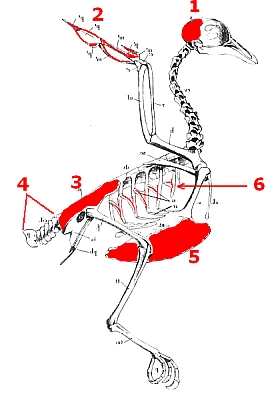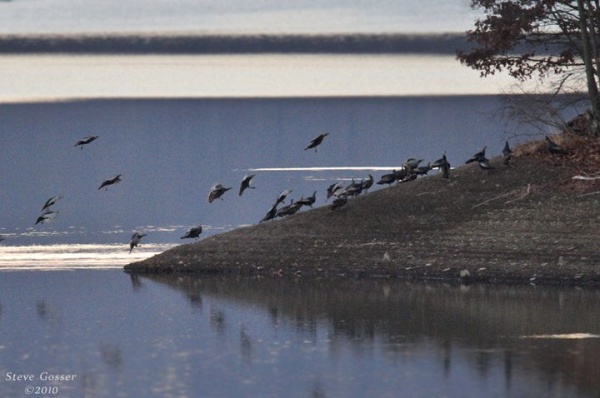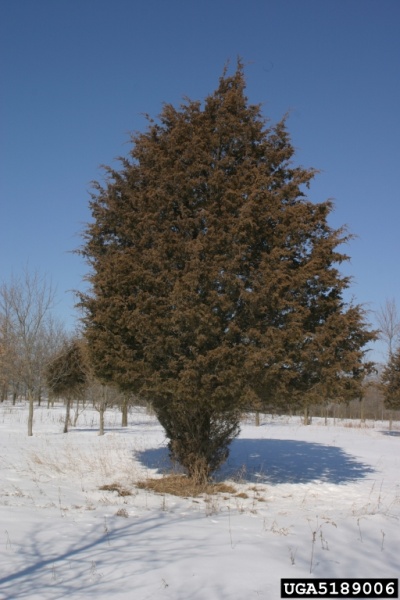
When I travel east on the Pennsylvania Turnpike I’m always amazed when I reach Bedford County and see the landscape dotted with trees like this one. They grow like weeds east of the Alleghenies, but not in western Pennsylvania.
When I saw them last weekend I said to myself, “Cedars. Why don’t we have cedars at home?” and I set myself to find out.
My first surprise was that this tree is not a cedar at all. It’s in the cypress family and it’s a juniper (Juniperus virginiana) whose common name, Eastern Redcedar, is probably a reference to its aromatic wood.
The second surprise — for those of us who live outside their range — is that junipers are very hardy and grow under a wide variety of conditions. They’re pioneers in disturbed or damaged soil, especially in old fields and along roadsides, and they live a long time — up to 850 years.
To identify a juniper, look for a small evergreen with reddish-brown bark that peels off in strips. The young trees have sharp needle-like leaves, the mature ones have scale-like leaves. (This is hard to describe; see picture below).
The juniper’s aromatic wood is used to line cedar chests and keep moths away. Its bluish waxy-looking berries are a favorite food of many mammals and birds, especially cedar waxwings, eastern bluebirds and wild turkeys. People like the berries too. We use those of Juniperus communis to flavor gin.

The first picture is what junipers look like near the turnpike in Bedford County, shaped like lollipops because they’re browsed by the overabundant deer. The picture below shows their normal shape when the deer population is in balance. I suppose we could use junipers as a deer population gauge… but they don’t grow here in Pittsburgh.

Junipers grow wild in the far southwest corner of Pennsylvania, in Ohio, West Virginia, Maryland, the Appalachians, and eastern Pennsylvania. They grow from southern Maine to Georgia, from Delaware to Kansas (see map). Why not on the Pittsburgh and Allegheny Plateaus?
I haven’t found the answer. It’s still a mystery.
(photo credits: Deer-browsed juniper by Paul Bolstad, University of Minnesota, Bugwood.org. Juniper berries by D.E.Herman, USDA. Eastern juniper at Sandy Hook, NJ by Miguel Vieira on Wikimedia Commons. Click on the photos to see the originals.)
